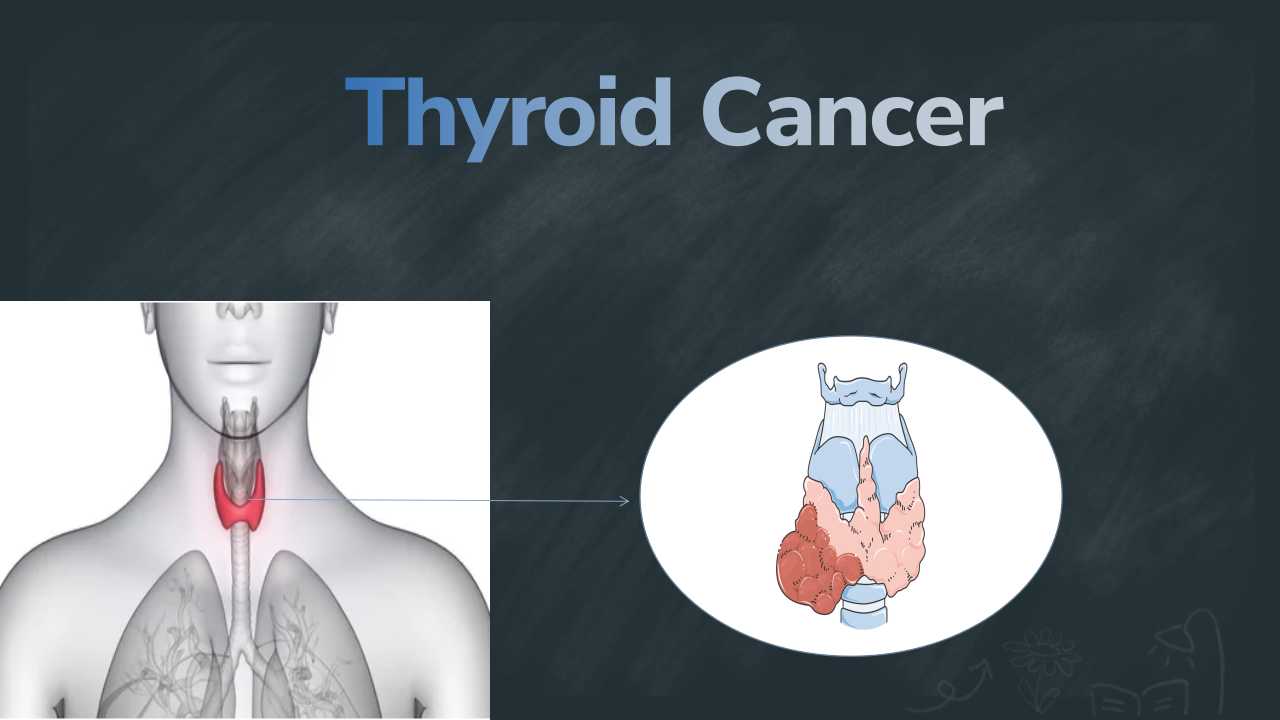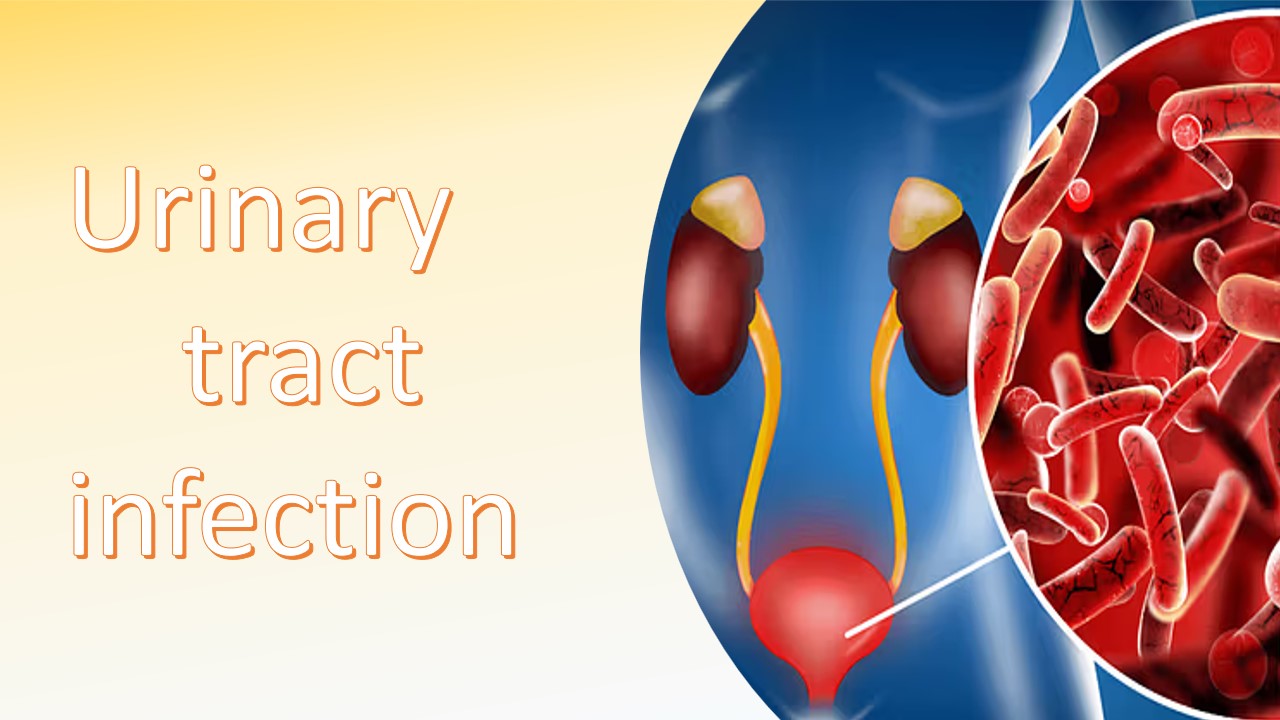
Whipple’s disease
Whipple’s disease is related to the small intestine disease. It is also considered a gastrointestinal disorder. This disease is caused by the Tropheryma whipplei bacteria . It is gram positive bacillai. Tropheryma whipplei bacteria is interrupt to the small intestine and develop a sore in the small intestine. Villi are finger like tissue that absorbs the nutrients and vitamins in the small intestine. After the damage of villi, the thick layer of new cells formed. Due to the changes in the natural shape, villi is unable to absorb the important nutrients. Sometimes the severity of the infection might lead to seizures, affect the nerve system and memory problems.
It is a rare bacterial disease. The bacteria are mostly found in the soil and water. T.whipplei bacteria is affect to the lining of the small intestine(villi) and it absorb the fat and vitamin from small intestine and cause malabsortion problem and also may affect to the other part of the body including eye, lungs, skin joints, brain and heart. Whipple’s disease is not contagious as like a cold and flu. Men are much more likely to be diagnosed with Whipple's illness than women, 87% of patients are male. Long-term antibiotic therapy is typically effective in curing Whipple's disease when it is identified and treated, but if the illness is not identified or treated, it may eventually prove fatal.
Symptoms
- Abdominal pain
- Diarrhea
- Joint pain
- Unexplained weight loss
- Cough
- Dark skin patches
- Fatigue
- Fever
- Joint pain
- Swollen lymph nodes
- Loss of muscle control
- Weakness
- Vision problems
Causes/Risk factors
- Tropheryma whipplei bacteria
- Children consume contaminated soil or water
Diagnosis
Histology department
A biopsy is required to diagnose Whipple’s disease. Biopsy is the process in which a small tissue is removed from the duodenal (part of the small intestine). A biopsy is the only method available to test for the bacteria Tropheryma whipplei.
The expert team performs this type of biopsy .They pick up a small tissue of intestine and send it to the laboratory, then perform the further process and also staining, staining plays a crucial role in revealing the T. whipplei bacterial present in the small intestine. Mostly H&E stains used in the laboratory.
Duodenal biopsy using the H&E stain and examined under a microscope
Reference:
1.https://my.clevelandclinic.org/health/diseases/5958-whipples-disease
2.https://www.healthline.com/health/whipples-disease




0 comments